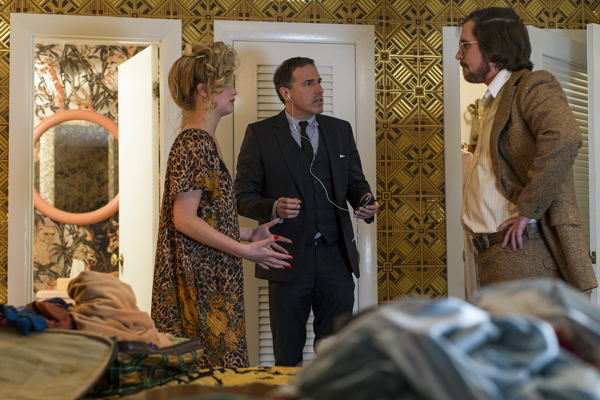Two recent blog postings take impassioned stands on the film vs. digital debate. Kyle Westphal’s excellent roundup 2013 in Review: Whose Film Is It, Anyway? considers the consequences to artists and viewers when film is no longer available. Don’t Worry About the End of Film, argues Richard Brody in his New Yorker blog, The Front Row.
Both writers agree that the era of theatrical projection of 35mm features has passed. (It was hard to ignore recent news articles announcing that Paramount has stopped distributing film prints.) But they reach different conclusions about what this means for moviegoers.
Westphal points out that 35mm projection was supposed to continue in art houses, museums, and other niche theaters, but finds that digital has dominated those markets as well. The last New York Film Festival screened mostly digital, the Chicago International Film Festival exclusively digital. Even To Save and Project, the Museum of Modern Art’s annual film preservation festival, had to resort to some digital for its 2013 series.
This despite the fact that the actual people who make movies still want to work with and watch film. Of this year’s nine Best Picture nominees, four were shot on film: American Hustle, Captain Phillips (on 16mm!), 12 Years a Slave, and The Wolf of Wall Street (both Wolf and Phillips had some digital shots).
Westphal cites a Joel Coen comment that Inside Llewyn Davis might be the last project he and his brother Ethan make on film. (J.J Abrams said almost the same about why he used film for Star Trek Into Darkness.) And as I pointed out in my piece on The Grandmaster, Wong Kar Wai would still shoot on film if he could. It took months for the director to see The Grandmaster projected on film.
Digital enthusiasts keep insisting that a DCP (Digital Cinema Package) delivers an as good as or better image than a 35mm print. There’s no question that DCP’s are cheaper in the long run than film, which degrades a little (or a lot) with each projection. And after years of viewing poor quality commercial prints projected poorly, most customers probably prefer the rock-solid, spliceless, scratchless digital experience.
I don’t think anyone can argue for a return to 35mm distribution and projection. It doesn’t make economic sense, and in almost all cases it doesn’t make artistic sense. That doesn’t mean digital is superior or even preferable to film. It only means that seeing 35mm in a theater will become more and more difficult.
For Brody, “ultimately, what matters is not film or video but the idea.” He points out that artists have manipulated film since its origins, and brings up the dirty secret that’s often missing from this debate: just about every feature* is digitized for post-production work, usually with 2K scans. (*I can’t think of a recent feature that was edited by hand, but one could exist.) Basically all the movies we see in commercial theaters have already undergone a digital conversion.
Try this analogy. Few would insist that an e-book reads the same as a hardbound version published on a letterpress with rag paper. Is the digital version cheaper? Does it contain all the text? Is it endlessly clone-able? Sure. But reading a book on a Kindle is not the same experience as holding a book in your hand.
What looks better? A jpg of oil canvas, or the real thing? A digital file, or a platinum print? No matter how much you manipulate pixels to look like painting or still photography or motion picture film, the differences remain obvious. The whole goal of digital movie formats is still to look “just as good as” film.
Lost in the debate is the fate of our film heritage prior to the digital takeover. It turns out that film is an excellent archival medium—digital, not so great. Archivists are battling these issues out right now on the AMIA listserve, but I will point out that there are no industry-wide standards for digital preservation, no long-term case studies, no real idea what the costs will be.
And there is no market formula right now for the thousands of films from the pre-digital age. Who will pay to digitize them? And if they aren’t digitized, how long will it be before the machinery required to see them becomes obsolete?
As one AMIA poster put it,
Caches of nitrate film are still being found—we were told nitrate would only survive for 50 years, but there it is, 100 years old and older. Much of it can be saved digitally, but some deserves to survive as film as long as we are able to save it. Should Potemkin or Casablanca or The Red Shoes or Paisan or Caligari or [fill in your favorite title] only survive in digital versions?



